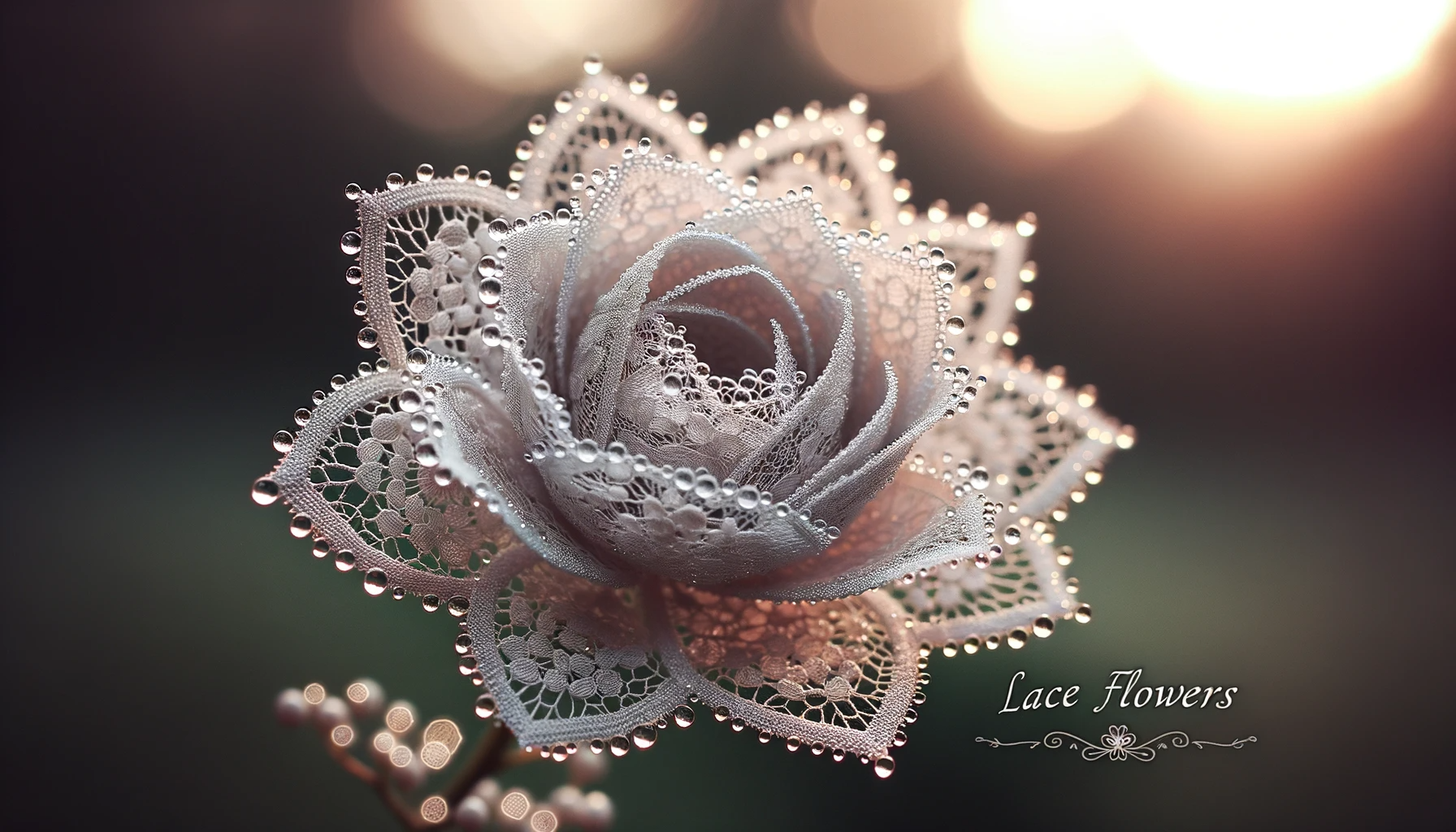Twinflower, a delicate gem of the boreal forests, paints a picture of nature’s intricate beauty. With its circumboreal distribution, this flower has a story that spans continents, cultures, and centuries. Its scientific name, Linnaea borealis, pays homage to Carolus Linnaeus, the 18th-century Swedish naturalist who revolutionized taxonomy.
But beyond its scientific significance, the Twinflower has a tale that intertwines with the very fabric of the ecosystems it graces.
Key Insights:
- Global Presence: Twinflower thrives in the boreal forest zones of the northern hemisphere, from Scotland to Siberia and from Alaska to Greenland.
- Subspecies Diversity: Three recognized subspecies cater to different geographies, with Linnaea borealis ssp. borealis prevalent in Scotland, Europe, and Asia.
- Historical Significance: The flower’s binomial name honors Carolus Linnaeus, a pioneer in taxonomic classification.
- Ecological Role: A nectar-rich flower, Twinflower plays a pivotal role in pollination, attracting a myriad of insects.
- Conservation Concerns: Despite its global abundance, certain regions have witnessed a decline, emphasizing the need for conservation efforts.
Global Distribution of Twinflower
Twinflower boasts a circumboreal distribution, meaning its presence is felt all around the world in the boreal forest zone of the northern hemisphere. This zone, characterized by its cold climates and coniferous trees, stretches from regions like Scotland and northern Europe, through vast expanses in Russia, reaching Siberia.
The flower’s reach extends to the Americas, gracing lands from Alaska and Canada to as far south as northern California, New Mexico, and West Virginia.
Subspecies and Varieties
Diversity is a hallmark of nature, and Twinflower is no exception. Three subspecies of this flower are recognized:
- Linnaea borealis ssp. borealis: This subspecies is native to Scotland, Europe, and parts of Asia.
- Linnaea borealis ssp. americana: North America is home to this variety, with its presence felt throughout the species’ range.
- Linnaea borealis ssp. longiflora: Also known as the longtube twinflower, this subspecies has a more localized distribution, primarily in the Pacific Northwest region.
The flower’s specific name, borealis, is a nod to its northern distribution. But it’s the other part of its binomial name that holds historical significance.
Historical Significance of the Name
Every name has a story, and Twinflower’s is intertwined with the legacy of Carolus Linnaeus, the 18th-century Swedish naturalist. Linnaeus is renowned for developing the modern system of taxonomic classification. It’s only fitting that such a unique flower bears the name of a man who revolutionized the way we categorize the natural world.
Twinflower in Scotland
Scotland’s lush landscapes and rich biodiversity make it a haven for various flora and fauna. Twinflower, with its delicate beauty, is one of the many species that call Scotland home. Its distribution in Scotland mirrors that of the remnants of the old Caledonian Forest. This ancient forest, with its towering pines, provides the perfect backdrop for the Twinflower to thrive.
Distribution Patterns
In Scotland, the Twinflower’s presence is most pronounced in the northeast, especially in the drier native pinewoods. However, its beauty isn’t confined to just one region. The flower also grows further west, with sightings near Fort William and in Glen Affric, particularly around the Dog Falls area. Curr Wood, located southeast of Dulnain Bridge in Strathspey, boasts the largest population of Twinflower in Scotland.
Habitats and Growth Areas
While the old native pine forest is Twinflower’s primary habitat in Scotland, its adaptability allows it to grow in diverse environments. From Scots pine plantations to birchwoods and even open heathland, Twinflower showcases its resilience and versatility. Interestingly, in Greenland, a region virtually devoid of trees, open heathland becomes its primary habitat.
Conservation Status in the UK
Nature’s beauty often comes with vulnerability. While Twinflower is abundant globally, its status in specific regions, like the UK, raises concerns. Classified as “Nationally Scarce” in the UK, Twinflower has witnessed a decline, primarily due to the loss of native pinewoods. A staggering 64% reduction in its distribution records compared to those before 1970 underscores the urgency of conservation efforts. Recognizing this, the UK government has initiated a Biodiversity Action Plan to ensure the flower’s survival and resurgence.
Twinflower’s Botanical Characteristics
Twinflower, while small in stature, is a botanical marvel. As a member of the honeysuckle family, Caprifoliaceae, its evergreen nature ensures it remains vibrant throughout the year.
Physical Appearance and Growth
Twinflower is characterized by its creeping nature. Above-ground runners, known as stolons, give rise to numerous short aerial stems or shoots. These shoots, standing at a modest 4 – 6 cm in height, turn woody with age. The leaves, growing in pairs on opposite sides of the stems, persist for 12 – 16 months, adding to the plant’s charm.
Reproduction and Propagation
Twinflower’s reproduction strategy is a testament to nature’s ingenuity. While it does produce seeds, its primary method of reproduction is vegetative propagation. The stolons, which can grow up to 48 cm long, often get buried under forest litter. They take root at the nodes, leading to the formation of clonal patches. These patches consist of genetically identical plants, showcasing nature’s version of cloning.
Unique Inflorescence and Fragrance
The name “Twinflower” isn’t just a whimsical choice. It’s derived from its unique inflorescence, where two bell-shaped flowers grow on a forked stem, resembling the letter ‘Y’. These pinkish-white, downward-facing flowers are not just a treat for the eyes but also the nose. Their fragrance, reminiscent of almonds or anise, is a magnet for pollinating insects.
Twinflower’s Role in the Ecosystem
Every species plays a role in the intricate web of life, and Twinflower is no exception. Its nectar-rich flowers serve as a food source for various insects, ensuring the cycle of pollination continues.
Flowering and Seed Production
In regions like Scotland, Twinflower typically blossoms in June or early July. Each blossom lasts for about a week, after which pollination leads to the formation of a fruit. This fruit, a small dry capsule, ripens after 36 days, ready to start the next generation.
Pollinators and Seed Dispersal
Twinflower’s nectar attracts a host of insects, from flies and hoverflies to solitary bees. These insects, while feeding on the nectar, transfer pollen, ensuring the continuation of the species. The seeds, designed for dispersal by animals or birds, have hairy bracts that stick to wildlife, facilitating their spread.
Historical and Cultural Significance
Twinflower’s allure isn’t just limited to its botanical characteristics. It holds a special place in history and culture. In North America, indigenous native peoples revered the Twinflower, using it to brew medicinal tea. Such practices highlight the deep bond between humans and nature, where plants like Twinflower play a pivotal role in daily life.
Conservation and Restoration Efforts
Nature’s delicate balance is often disrupted by human activities. Twinflower, despite its global abundance, has faced challenges. Overgrazing by livestock, susceptibility to drought, and vulnerability to fires have led to its decline in certain regions. Recognizing this, conservationists have initiated restoration projects, aiming to reintroduce Twinflower to areas it once graced.
FAQs Derived from Google’s ‘People Also Ask’
Q: What is the global distribution of Twinflower?
A: Twinflower has a circumboreal distribution, thriving in the boreal forest zones of the northern hemisphere. It spans regions from Scotland and northern Europe to Siberia and from Alaska and Canada to parts of the US like northern California.
Q: Why is Twinflower significant in Scotland?
A: In Scotland, Twinflower’s distribution mirrors that of the remnants of the old Caledonian Forest. It’s considered one of the characteristic flowering plants of the native pinewoods, indicating the health and age of these woodlands.
Q: How does Twinflower reproduce and propagate?
A: While Twinflower does produce seeds, its primary method of reproduction is vegetative propagation through stolons. This leads to the formation of clonal patches of genetically identical plants.
Q: What is the role of Twinflower in the ecosystem?
A: Twinflower plays a crucial role in pollination. Its nectar-rich flowers attract various insects, facilitating the transfer of pollen. Additionally, its seeds are designed for dispersal by animals or birds.
Conclusion:
Twinflower, with its delicate beauty and rich history, serves as a reminder of nature’s wonders. Its global distribution, unique botanical characteristics, and role in the ecosystem make it a subject of fascination. However, its decline in certain regions underscores the importance of conservation. As we marvel at the Twinflower’s allure, let’s also pledge to protect it, ensuring future generations can witness its splendor.


